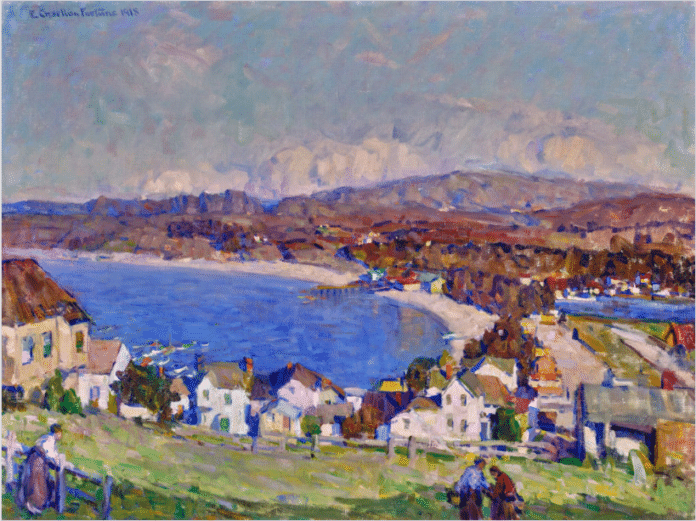
California artist E. Charlton Fortune (1885-1969) came of age during a time when women began to redefine their roles in society, pushing the boundaries of what was expected of them and challenging the status quo. An exhibition of her work, titled “E. Charlton Fortune: The Colorful Spirit,” will be on view at the Crocker Art Museum in Sacramento, CA from January 28-April 22, 2018. You need to know about her!
Euphemia Charlton Fortune (1885–1969), unmarried and of independent spirit, often rode her bicycle to find the perfect setting to paint en plein air. The resulting landscapes were not delicate, soft, or feminine but bold and vigorous — and often thought to have been created by a man. Fortune’s paintings have frequently been labeled Impressionist, though she moved well beyond the style. Her signature works were strong in color and rugged and gestural in execution.
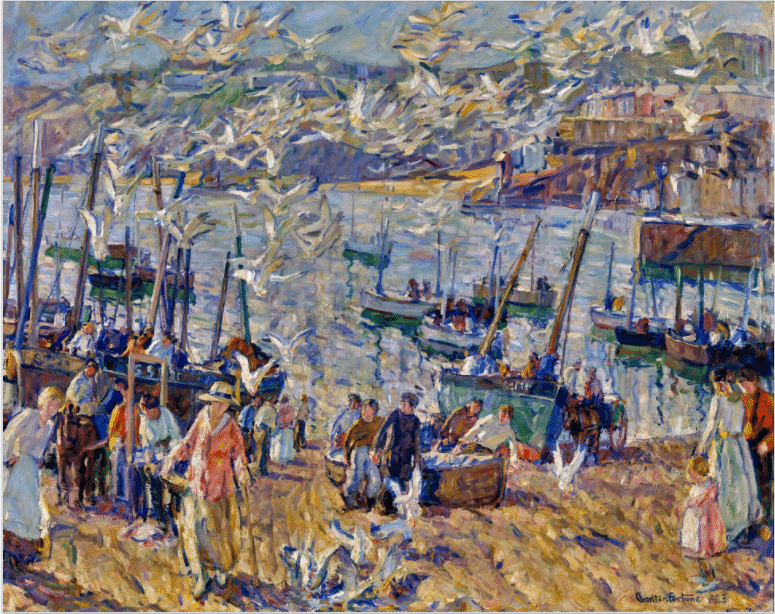
Born in Sausalito, California, Fortune studied at San Francisco’s Mark Hopkins Institute of Art and continued her training at the Art Students League in New York. After traveling abroad, she returned to California in 1912, and spent that summer painting in Carmel-by-the-Sea. She generally spent summers on the Monterey Peninsula making art and teaching, returning to San Francisco in the winter to complete unfinished paintings, exhibit them, and produce charcoal portraits.
“Fortune’s strong personality and progressive spirit are manifest in her work,” said Crocker Art Museum Chief Curator Scott A. Shields. “Though her paintings are frequently labeled Impressionist, she often moved beyond the style, a fact recognized even in her own time. Commentators were happiest when they could bestow adjectives like powerful, vigorous, forceful, and direct — especially on paintings by men, but also on those made by women. They found these qualities in strong color, boldly developed structure and composition, and confident, assured brushstrokes, all of which characterized Fortune’s mature paintings.”
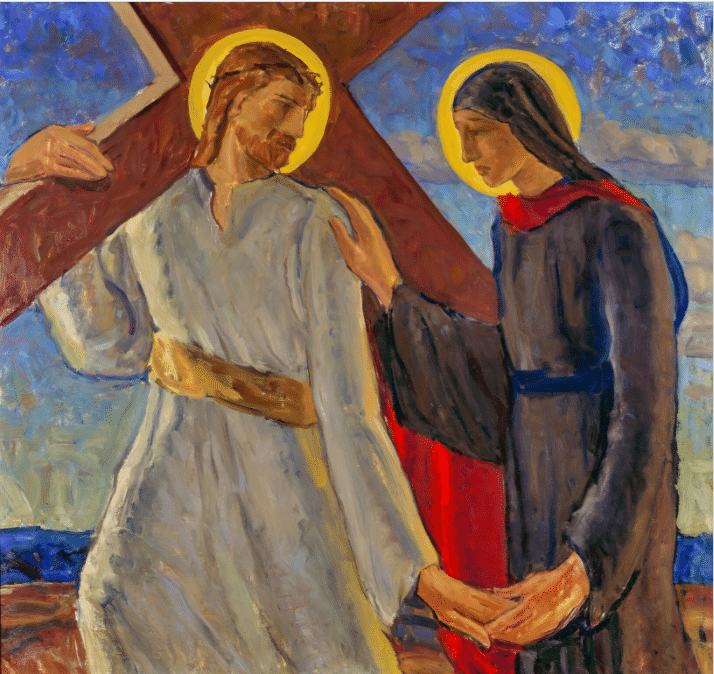
In the 1910s, many critics began to express the opinion that no female artist in California had a brighter future than Fortune. “She hit her stride,” Shields said, “around 1915, the year of San Francisco’s Panama-Pacific International Exposition, where she won a silver medal.” Fortune ultimately became best known in California for views of Monterey and its wharf that featured architecture, people, and other elements of modern life; she was drawn to similar scenes abroad and was especially interested in humanity’s impact on the environment. One of her most important contributions lay in her ability to combine multiple subjects — landscape, architecture, people, and boats — while most other California artists prioritized land, coast, and sea. Fortune saw herself as part of a new era and aimed to accord as much attention to the formal qualities of her art as to her subjects.
Fortune spent her final years in Carmel Valley, California. Never afraid to pursue her own path or push the boundaries of “her station,” she earned the admiration and respect of both genders. Few could dispute her standing as one of the West’s leading painters and, later, as an ecclesiastical designer of national importance. “I am proud that the Crocker has a history of bringing under-recognized artists into the public eye,” said the museum’s director and CEO, Lial Jones. “Ms. Fortune’s art is as bold and influential as she was. It is our pleasure to shine a light on her extraordinary life and work.”
Organized by the Pasadena Museum of California Art in conjunction with the Crocker Art Museum, “E. Charlton Fortune: The Colorful Spirit” is accompanied by a 240-page, full-color catalogue.

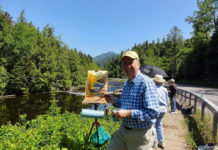
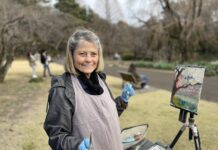
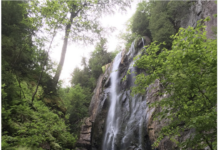
It is an excellent exhibit. I made the trip from CO to CA to see the show in Pasadena and took 3 non artists with me. Everyone was happy they went.